Machine Moving Dollies: High-Capacity, Low-Profile—Why Us?
A Field Guide to Machine Moving Dollies: Real-World Notes from the Factory Floor
If you work around presses, CNCs, or those deceptively heavy injection molding machines, you already know: choosing the right machine moving dollies is the difference between a smooth shift and a very long night. I’ve walked more than a few epoxy-coated aisles where crews used clever rigging and, frankly, underbuilt gear. It rarely ends well. So let’s talk about a workhorse I’ve been seeing more in Asian and EU installs: the Dawei Machinery Mover 180° Rotation Type (6000/8000/12000 kg).
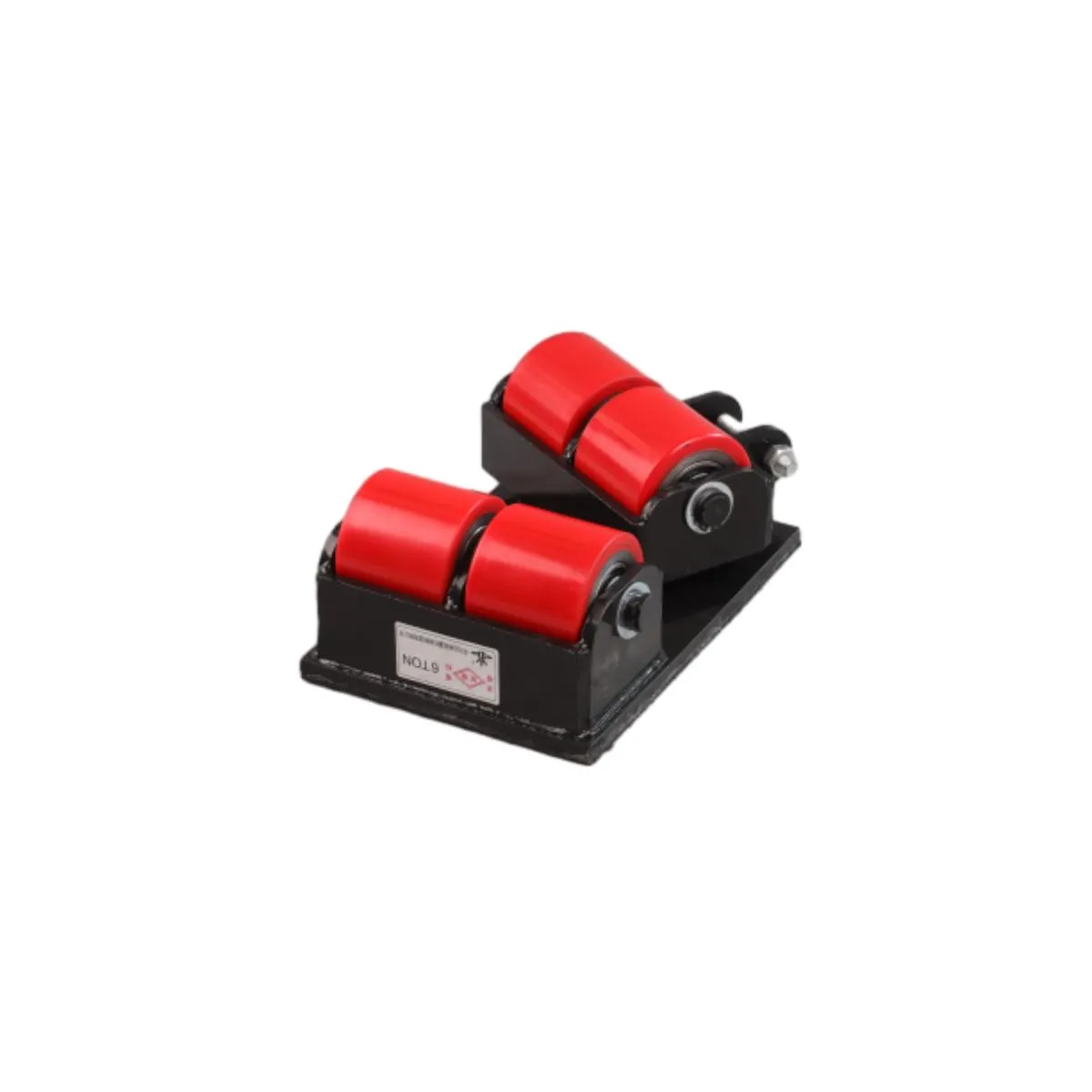
What’s trending (and why it matters)
- Rotation-enabled platforms: 180° maneuvering is popular for tight bays and U-shaped lines.
- Floor-friendly wheels: facilities push for low-scrub, low-noise solutions as epoxy and PU floors take over.
- Modular wheel packs: scaling from 6T to 12T without changing the handling playbook.
Dawei’s unit fits this wave cleanly. In fact, many customers say the 180° rotation is a “why didn’t we always have this?” moment, especially when nudging a 9-ton machine around a column.
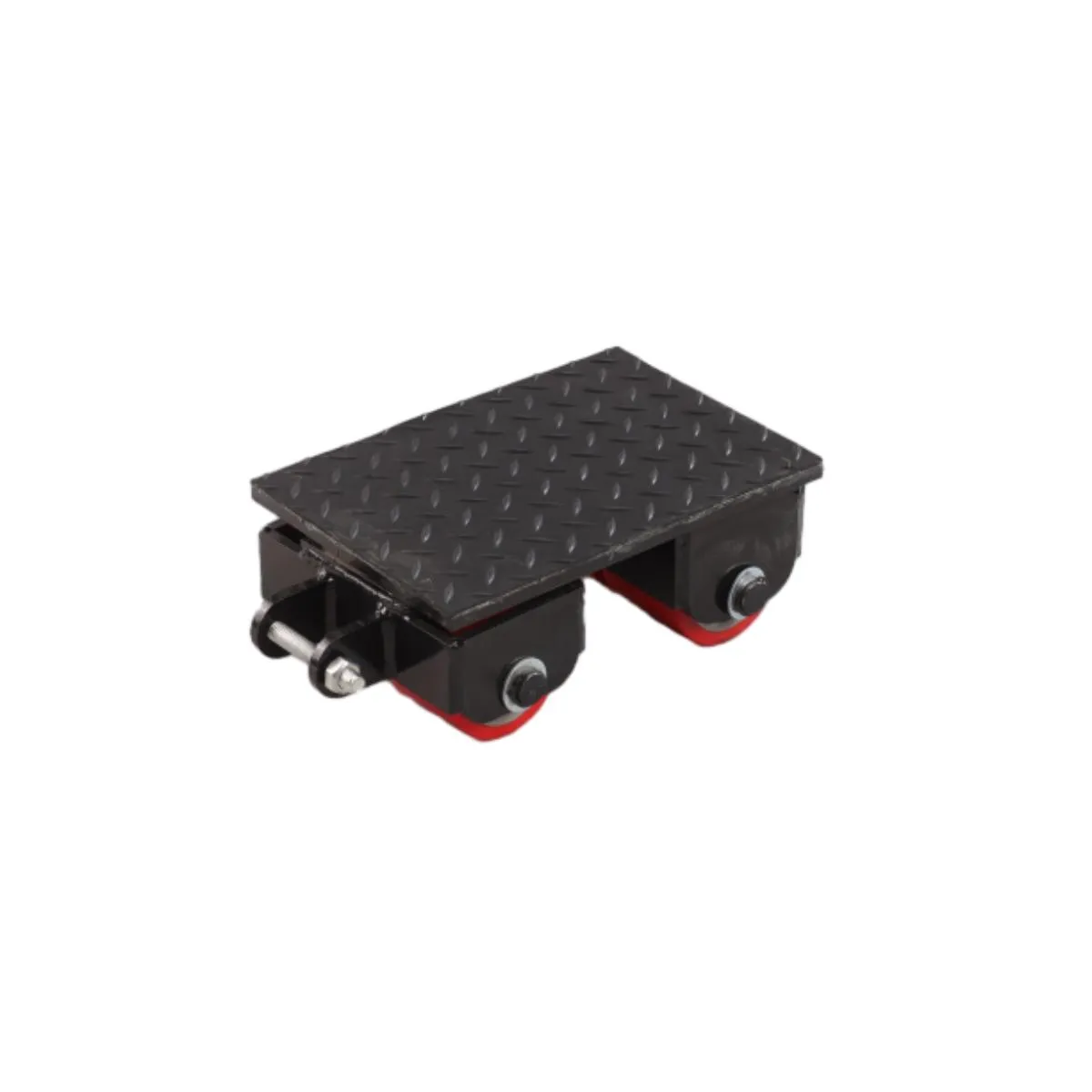
Technical snapshot and specs
Model: Dawei Machinery Mover 180° Rotation Type Macinery Mover 6000/8000/12000 Kgs. Origin: Donglv Industrial Park, Qingyuan District, Baoding, Hebei, China 071100.
| Spec | 6,000 kg | 8,000 kg | 12,000 kg |
|---|---|---|---|
| Wheels (qty.) | 4 | 6 | 8 |
| Wheel size | 80×70 mm (≈3.15×2.76 in) | 80×70 mm | 80×70 mm |
| Rotation | 180° platform rotation | ||
| Notes | Real-world performance depends on floor condition, load footprint, and rigging method. | ||
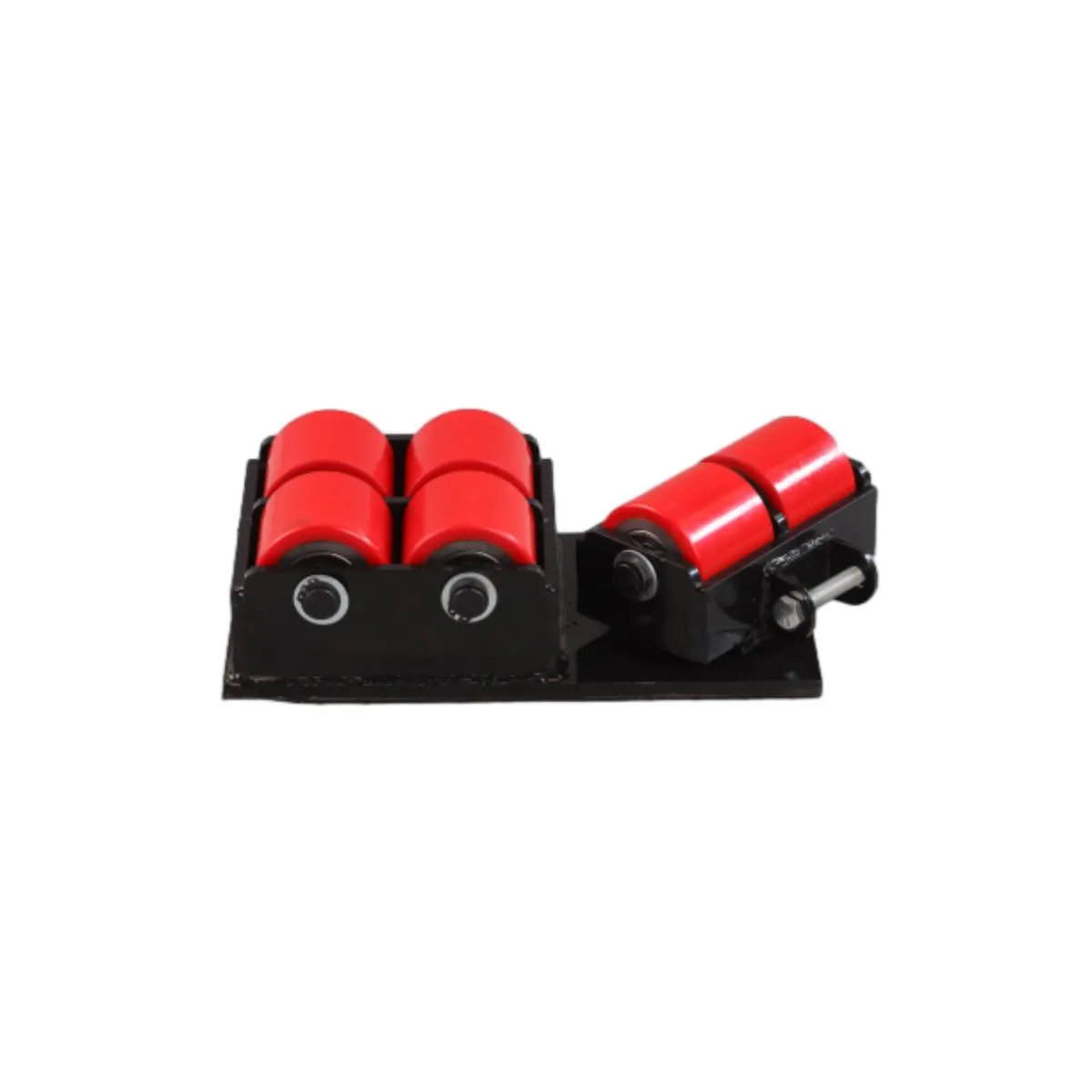
Process, materials, and testing (how pros evaluate)
- Materials and build: heavy-gauge steel frames and multi-wheel packs are common; wheel compounds vary by vendor (polymer or steel-core designs).
- Methods: laser/plasma cut plates, welded housings, and precision-bored wheel blocks for tracking accuracy.
- Testing standards often referenced: ISO 12100 (machinery safety risk assessment), ASTM D2240 or ISO 48-4 (Shore hardness for wheel materials), DIN 53516 (abrasion, indicative), ISO 281 (bearing life modeling).
- Service life: around 5–10 years in typical plant use (big caveat: floor quality and overloading can shorten this dramatically).
- Industries: automotive, white goods, electronics assembly, packaging, energy, and job-shop relocations.
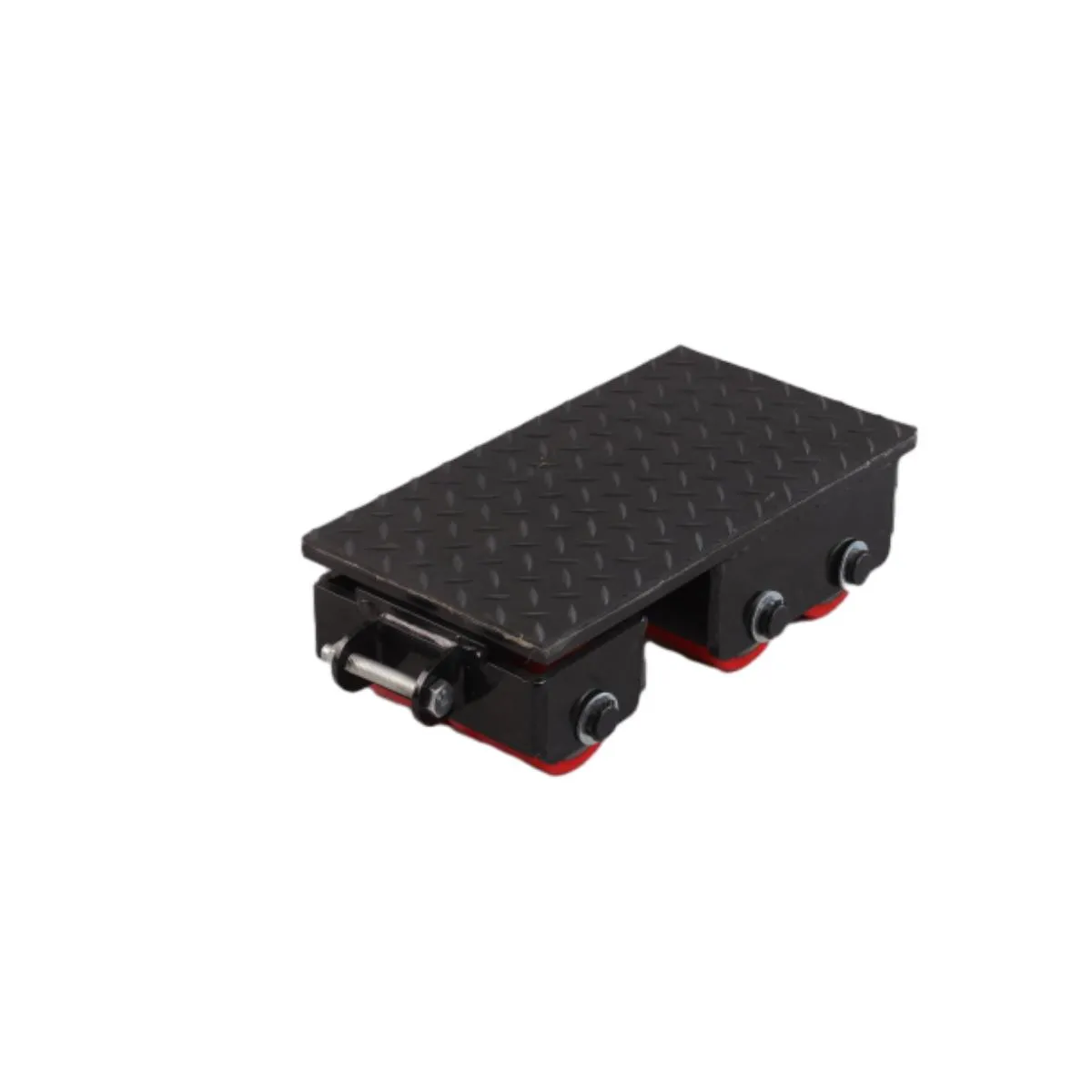
Where these shine (and when not to use them)
Perfect for inching presses into alignment, threading machines through narrow corridors, or rotating a base frame to meet anchor holes. However, point loads on weak floors, steep ramps, or debris-heavy environments are a no-go. A toe jack plus machine moving dollies is the classic combo; I guess we’ve all done the “lift a hair, roll a meter” dance.
Vendor landscape (quick comparison)
| Vendor | Rotation | Capacity Range | Wheel Packs | Positioning |
|---|---|---|---|---|
| Dawei (Baoding, China) | 180° | 6–12 t | 4/6/8 | Value + maneuverability |
| Generic Brand A | Fixed/Swivel | 3–24 t | Varies | Broad catalog |
| Rental-Grade B | Swivel sets | 5–20 t | Modular | Availability-first |
Tip: ask about wheel compound hardness (Shore A/D), bearing type, and floor compatibility. Subtle differences matter more than brochure photos, surprisingly.
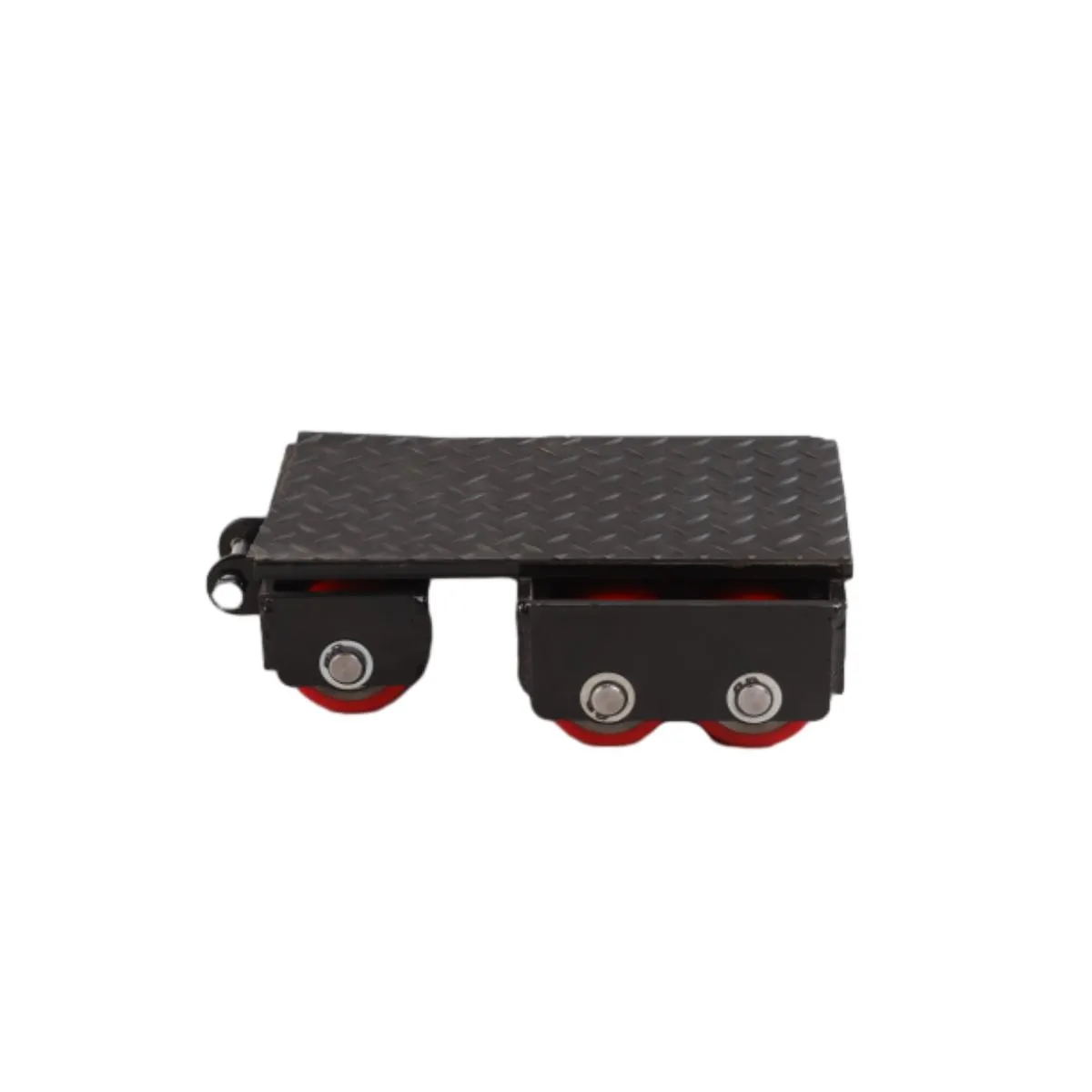
Customization and QA
- Options many buyers request: tow bars, steering handles, anti-slip tops, swivel locks, and floor-guard wheel compounds.
- QA questions to ask: static proof load (often ≥125% rated), rotation torque under load, and traceability of wheel materials.
- Certs buyers often look for: ISO 9001 at factory level, CE declaration (where applicable), RoHS material statements.
A quick case from the floor
A Tier-2 auto supplier moved a 9 t stamping press across a freshly coated epoxy floor. Using an 8 t set of machine moving dollies front and a fixed skate rear, the team inched 18 m with toe-jack lifts and rotation assists at two columns. Average push force stayed “manageable” (their words), and—importantly—no floor scuffs. Not a lab test, but a telling one.

Always read the product manual, respect rated capacity, and confirm floor load limits. When in doubt, add spreader plates—and breathe easier.
Authoritative references
- ISO 12100: Safety of machinery — Risk assessment principles.
- ASTM D2240 / ISO 48-4: Rubber/thermoplastic elastomers — Shore hardness testing.
- DIN 53516: Testing of rubber — Abrasion resistance (indicative for wheel compounds).
- ISO 281: Rolling bearings — Dynamic load ratings and rating life.
- EU Machinery Directive 2006/42/EC — CE conformity framework (where applicable).
-
Dawei Hand Pallet Truck 1200mm, 2000–5000 KGS Heavy-DutyNewsNov.17,2025
-
Dawei Hand Pallet Truck, Fork Length 1200mm, 2000–5000kgNewsNov.17,2025
-
Large Equipment Movers – Safe, Insured & On-Time ServiceNewsNov.17,2025
-
Machine Moving Dollies | Heavy-Duty, Low-Profile, SafeNewsNov.17,2025
-
Permanent Lifting Magnet - Heavy-Duty, Safe, Quick ReleaseNewsNov.11,2025
-
PML 1000 Lifting Magnet - Heavy-Duty, Safe, No PowerNewsNov.11,2025
-
Large Equipment Movers: Safe, Fast, Certified ProsNewsNov.11,2025
